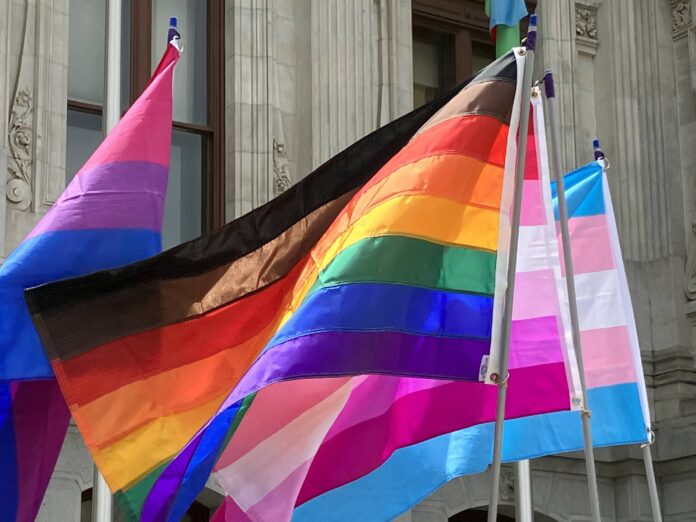Like many of you, we at PGN still encounter stereotypes at times. It’s intriguing how messages in my inbox often raise points that either amuse me or prompt me to ponder the origins of assumptions, many of which are rooted in stereotypes. Some are even personally antisemitic, while others assign positions onto individuals, which can be quite painful.
Heterosexuals and even some within our own community often assume that just because an LGBTQ+ organization is led by someone who is not a person of color, the rest of the organization follows suit. This perpetuates the old belief or stereotype that we are all white, male, affluent, and in double-income households. However, our true community defies such narrow portrayals.
Typically, my response to such situations is to ignore them. Yet, many times these are well-intentioned individuals who believe they can help change and make our organizations more representative not only in our community but also of their vision of inclusion. This has occurred with PGN, and I take responsibility for not rectifying that perception. We have always been inclusive, in fact, more so than most other media outlets of all types in our area, from our inception 48 years ago to the present day. However, the misconception of non-inclusivity is what most people associate with a gay newspaper, and it is both false and stereotypical. Our longest-serving columnists, to this day, are women and people of color. Our current leadership team is made up of Latino and nonbinary individuals, and our former editor was Asian. We’ve had the first woman editor and the first Black editor in LGBTQ+ media. Our sales team is equally diverse, and we even have one of those heterosexuals in our graphics department. In fact, the majority of people at PGN are marginalized, and as LGBTQ+ individuals, we are underserved, hence the necessity for LGBTQ+ media.
Beyond stereotyping LGBTQ+ media, those outside the LGBTQ+ community fail to appreciate how our community and media have historically been underserved, a situation that persists to this day, with LGBTQ+ media being the primary source of reporting on these issues. There isn’t enough space in this column to list all the issues where traditional media lagged behind, relying on LGBTQ+ media to introduce subjects. While traditional media might focus on health services, such as HIV/AIDS, which they came onboard very late in the game. Long before HIV/AIDS, LGBTQ+ media addressed health issues like lesbian breast cancer and testicular cancer, topics largely ignored by traditional media. Consider how long it took for traditional media to report on trans deaths or health issues. LGBTQ+ media delved deeply into disparities among race and class in our community, addressing issues like homeless youth and the senior housing crisis along with discrimination at various levels, including within governments and journalistic organizations.
PGN has earned the nation’s most journalistic awards, and this is largely due to our inclusive staff.
